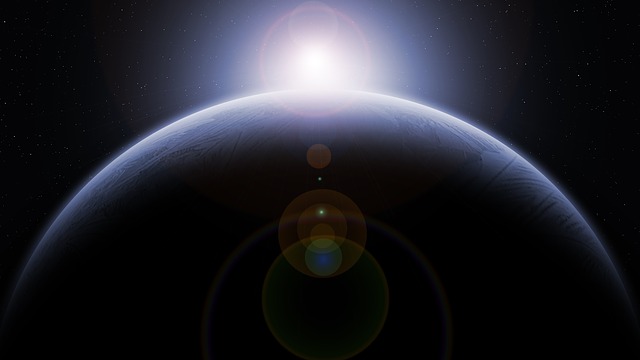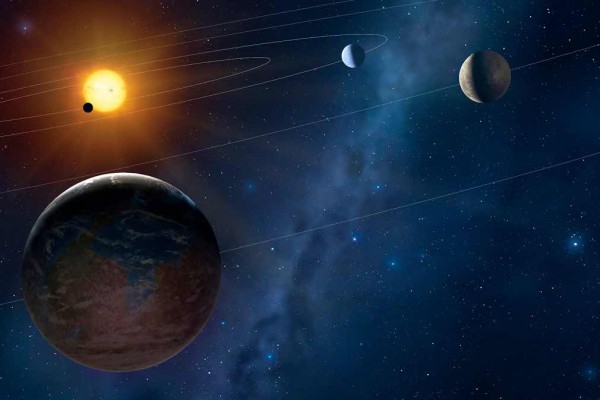NASA will accept proposals for missions to two of Saturn’s moons, Enceladus and Titan, for its New Frontiers mission.
The space agency stated in a community announcement email that they would consider visiting the “Ocean Worlds” in a set of six classes of missions. They will accept proposals for the Next Frontiers competition in 2017.
“The Ocean Worlds theme for this announcement is tentatively focused on the search for signs of extant life and/or characterizing the potential habitability of Titan or Enceladus,” the announcement read. The statement did not elaborate about why the Ocean Worlds theme was added to the New Frontiers mission.(1)
Life may lurk beneath icy depths
Scientists have found evidence in recent years that both moons could support life. Saturn’s largest moon, Titan, has a thick atmosphere and lakes of liquid hydrocarbon. Furthermore, an entire ocean probably lurks beneath Enceladus surface; and where there is water, there could be life.
The announcement came after the House ordered NASA to create an “Ocean Worlds Exploration Program,” aimed at unearthing discoveries on Titan and Enceladus.
“The Committee directs NASA to create an Ocean World Exploration Program whose primary goal is to discover extant life on another world using a mix of Discovery, New Frontiers and flagship class missions consistent with the recommendations of current and future Planetary Decadal surveys,” the report stated.(1)
This isn’t the first time scientists have proposed a smaller Discovery-class mission to both moons. The Titan Mare explorer was a finalist in the Discovery mission competition in 2012. Nevertheless, the Mars InSight Lander ended up winning the 2012 competition. (1)
In addition, Enceladus Life Finder, which would have flown by Enceladus many times, was proposed at the most recent Discovery competition, but did not make it as a top five finalists the space agency selected for further consideration.
The Discovery program had minimal restrictions for potential destinations for future space missions. The New Frontiers program, however, has a narrow set of restrictions noted by astronomers during the decadal survey process.
Multiple astronomical destinations in the mix
Before Titan and Enceladus were added, the space agency made a list of potential destinations for the approaching New Frontiers competition, which were based on recommendations provided by the survey report in 2011.
These recommendations included a comet nucleus lander and sample return mission, a mission to land at the moon’s South Pole-Aitken Basin and return samples to Earth, a mission that would send a probe into Saturn’s atmosphere, a spacecraft to explore a class of asteroids known as Trojans that are in the same orbit as Jupiter, and Venus atmospheric probe and lander.(1)
NASA intends to provide a draft version of the New Frontiers announcement in July for constructive feedback. A final version is expected to be released in January 2017. The space agency will consider several proposals for other concept studies by November. The space agency expects a final decision will be made by May 2019 and launched by 2024.(1)
The New Frontiers mission has a cost cap for development of $850 million. This doesn’t consider launch or operations, which will likely make the mission’s total cost exceed $1 billion.(1,2)
The announcement also verified that NASA will provide up to three nuclear power systems for the multi-mission radioisotope thermoelectric generators (MMRTGs). The cost of the generators will be integrated into the $850 million cap. Unfortunately, the addition of the nuclear power systems will likely push the mission back to 2025.
The awarded mission will be the fourth in the New Frontiers program, which bridges the gulf between Discovery missions and flagship planetary missions. New Yorkizons was the first New Frontiers mission and flew by Pluto last July. Juno is the second New Frontiers mission and is expected to reach Jupiter’s radiation belt this July. A third New Frontiers mission that involves an asteroid sample return spacecraft, dubbed OSIRIS-REx, is expected to launch in September.(1,2)
Sources include:
(1) SpaceNews.com
(2) PopSci.com
















